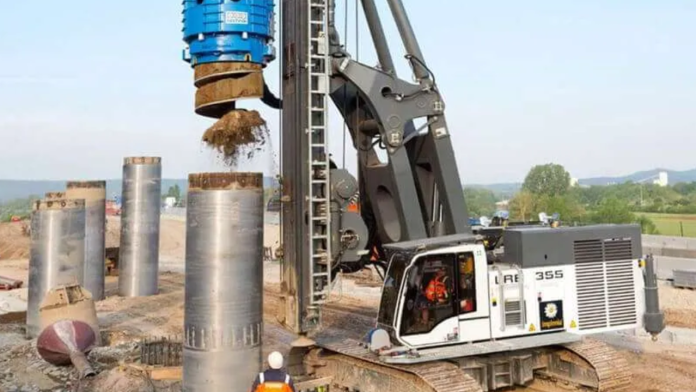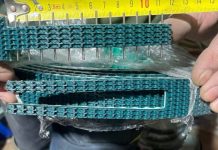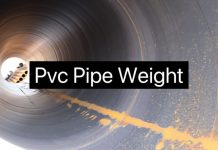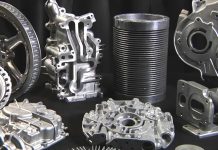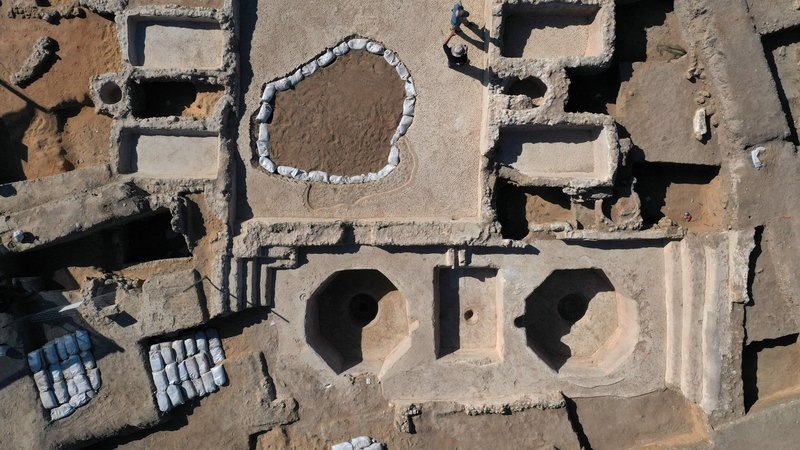Because they are used to join pipes, pipe connectors are essential parts of the plumbing, commercial, and construction industries. They make it possible to switch between fluid and gas, control flow paths, and make device maintenance easier. Common types include threaded, welded, flanged, and compression fittings; each has a unique set of properties and applications. Low-strain constructions are appropriate for the pipe connections.
Flanged connectors work well in challenging environments where leak-evidence sealing is required. Compression fittings provide comfort and flexibility in setup, while soldered pipe connections guarantee plumbing dependability. It is essential to understand the properties and packaging of various pipe connections to construct robust and durable piping systems.
Essential Uses for Pipe Connection Fittings
Pipe connection fittings are critical additives to piping structures, providing a wide range of applications across industries. Those fittings are designed to connect, redirect, modify, and terminate piping channels, ensuring a continuous flow of fluids or gases.
Plumbing Systems
Plumbing systems, whether residential, commercial, or business, rely in large part on pipe connection fittings. Those fittings permit plumbers to join pipes of various sizes, materials, and designs at the same time as maintaining leak-loose connections. Common plumbing fittings include elbows, couplings, tees, and reducers. They make it simpler to put water-delivering strains, drainage structures, and gas pipelines in structures, bearing in mind extra efficient fluid distribution and disposal.
Systems For Heating, Ventilation, and Air Conditioning
Pipe fittings are used by HVAC systems to transfer hot or cold fluids for ventilation, heating, and cooling. Fittings, flanges, unions, and expansion joints make up HVAC pipe networks, enabling clean installation, disassembly, and maintenance. In residential, commercial, and industrial settings, well-chosen and fitted fixtures offer excellent overall performance, energy efficiency, and indoor air quality.
Industrial Procedures
Pipe connection fittings are used in many different industrial strategies and initiatives. Transporting fluids, gasses, and slurries required for production operations is made simpler by such fittings, which are found in oil refineries and chemical processing plants alike. Manifolds, adapters, and valves used in industrial packaging are designed to endure extreme temperatures, high pressure, and corrosive conditions. This ensures protection and operational dependability.
The Flora And Sources Of Water
Pipe connection fittings are essential in irrigation and agriculture to ensure that water is distributed to fields and flowers properly. Drip emitters, sprinkler heads, and valves are used to design and implement irrigation networks that maximize water efficiency and agricultural output. Whether or not those fittings are utilized for drip irrigation in vineyards or pivot structures in large-scale farms, they are essential to sustainable agricultural operations.
Water Delivery And Treatment
Municipal water treatment and distribution systems use pipe connection fittings to provide safe and reliable water to agencies. Hydrants, valves, and meters are eventually placed strategically in the water system to manage waft, adjust intake, and make protection tasks much easier. Connections between leak detection devices and strong materials are critical for protecting water resources and public health.
Structures for Fireplace Safety
Fire safety systems utilize pipe connection fittings in residential, business, and commercial buildings to move pressurized water or fireplace retardants throughout an emergency. The purposeful placement of fittings, inclusive of sprinkler heads, standpipes, and hearth hydrants, guarantees a set-off response and effective suppression of the fire. Fittings built and maintained correctly shield people and property from fireplace risks.
Structural and Mechanical Applications
Pipe connection fittings are employed in structural and mechanical components, while sturdiness, flexibility, and pressure tolerance are essential. Fittings inclusive of flanges, elbows, and unions are often applied in architectural programs, structural supports, and piping systems for industrial equipment. Their precision engineering and regular performance help to ensure the integrity and capability of a huge range of mechanical and structural packages.
Final Words
Pipe connection fittings are essential for a wide range of applications and industries because they make it simple to install and maintain pipe systems. These fittings play a variety of functions, such as machine dependability, structural direction, and fluid conveyance. Proficiency in the leading package of pipe connection fittings enables stakeholders to maximize their approaches to selection, setup, and renovation, leading to secure and productive operations across various industries.

